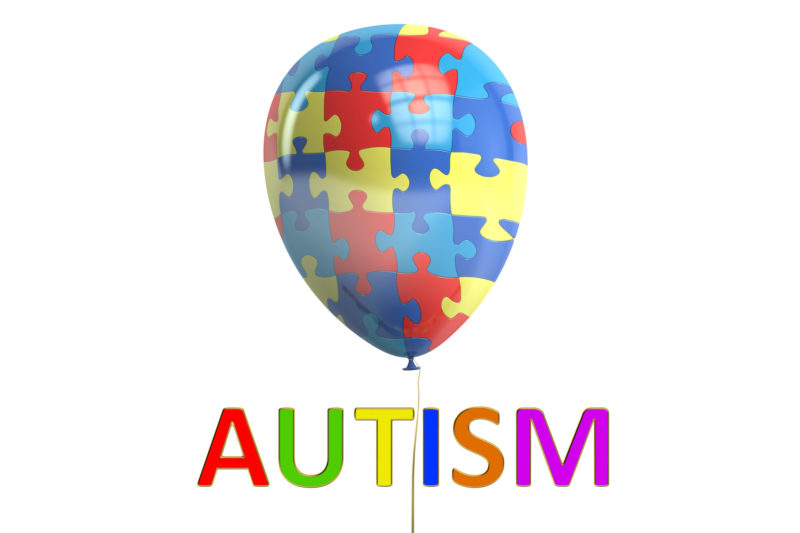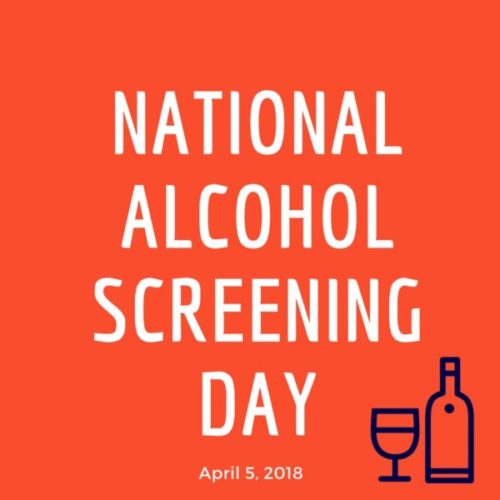How Millennials are Changing the Workplace
Millennials, as defined by the Bureau of Labor Statistics, were born between 1981 and 2000. They have been transforming the workplace for the past decade or so, arriving on the work scene with new attitudes and impressive characteristics that inspired both excitement and resentment from previous generations. The big question is how will millennials change the workforce once they gain more experience?
Some employers may feel that millennials are “job hoppers” and are unable to commit to one employer. About 60% of millennials are currently open to a new job opportunity and are by far the most likely generation to switch jobs. Millennials may seek multiple opportunities until they find the career they want, and this can have a positive impact on the employee and the employer.
Leaving one job for another does not necessarily mean the employee lacks commitment; sometimes the job is just not a good fit, or the company does not provide enough benefits or career advancement opportunities, or other reasons. One thing is clear: millennials will continue to take advantage of and are opening themselves up for more chances expand their career experiences.
Here are 3 positive ways millennials are changing the workplace:
- Push harder for diversity and inclusion
Millennials feel strongly about diversity and inclusion. Partly because they are naturally passionate and feel that diversity was poorly handled by generations in the past. In the future, we will notice an increase in diversity, inclusion programs and incentives. Millennials are quickly becoming the majority in just about every sector of the business world and the push for diversity seems to be more pronounced in certain industries such as health care and medicine, technology, and higher education.
- Adapt to new technology trends
Millennials are the first generation grow up with the internet and cell phones. As such, technology has been integrated fully into their lives. Millennials in the workplace are a benefit for any employer because of their intuitive ability to adapt to change, especially as it relates to technology. Not only is this a generation constantly connected to smartphones, but the millennial mindset is focused on making all things easier, faster, more efficient and mobile, as well as more personal, inclusive and intuitive.
- Set new standards in leadership
According to Forbes, about 20 percent of millennials hold leadership roles and is expected to grow in 2018. With more Baby Boomers retiring, the millennials are defining a new generation of leadership and influence. Millennials prioritize their values, flexibility, ethics, and feedback. As millennials gain more experience and take more positions of leadership, millennials are going to have an even more pronounced effect on how the workplace develops soon.




